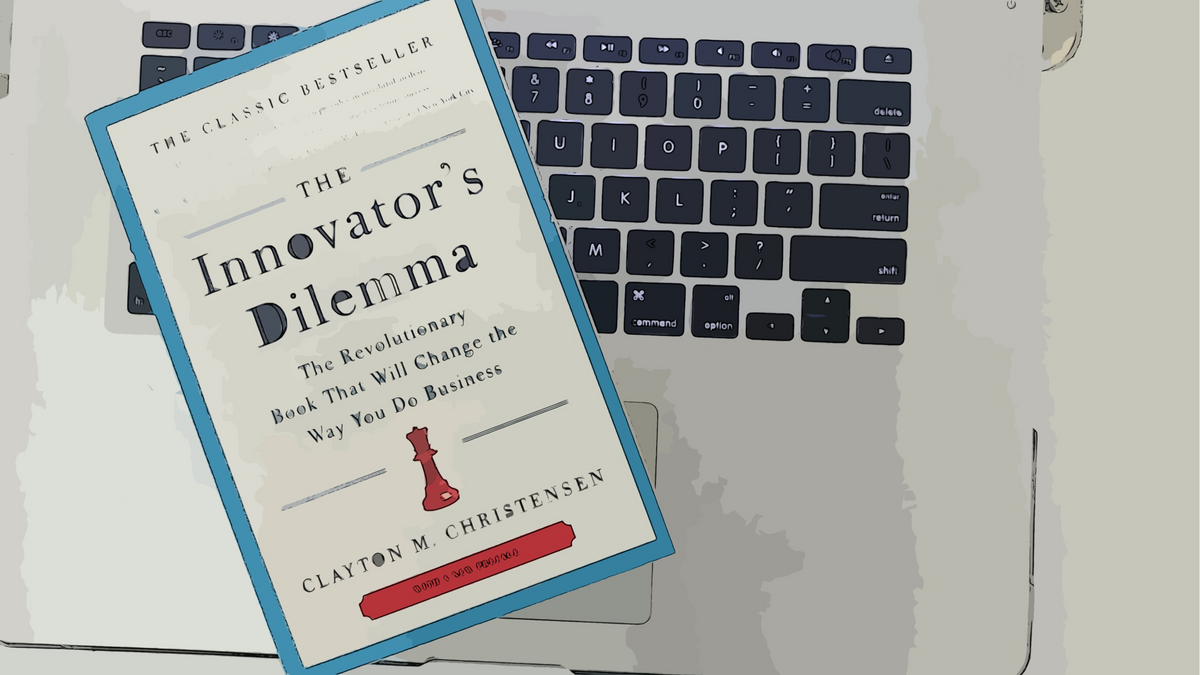Disruptive Innovation Formula

Clayton M. Christensen's book, "The Innovator's Dilemma," was a game-changer in the business world.
It introduced the concept of disruptive innovation, which explained how new technologies or business models could disrupt established industries, creating new markets and transforming entire industries.
In the book, "A Disruptive Innovation Formula," Christensen builds on this foundation, providing a practical guide for businesses looking to harness the power of disruptive innovation.
What is Disruptive Innovation?
Disruptive innovation is a term used to describe the process by which a new technology or business model disrupts an existing market, creating a new market and transforming the industry. Christensen argues that disruptive innovation is not the same as sustaining innovation, which refers to the incremental improvements that companies make to their existing products or services. Disruptive innovation is different because it creates new value networks, which can ultimately replace the old ones.
Christensen explains that disruptive innovation typically starts in niche markets, where customers are underserved or ignored by established players. These new entrants are often able to offer products or services at a lower price point, with simpler or more convenient solutions. Over time, these new solutions become more sophisticated, and they start to attract customers from the mainstream market.
Disruptive Innovation Opportunities
One of the key challenges for businesses is identifying disruptive innovation opportunities before they become mainstream. Christensen provides a framework for identifying these opportunities, which involves looking for markets that are underserved, and where the existing players are focused on sustaining innovation rather than disruptive innovation.
Christensen recommends that businesses focus on the jobs-to-be-done framework, which involves understanding the underlying needs that customers have, rather than just focusing on the products or services that they currently use. By understanding the underlying needs of customers, businesses can identify new opportunities for disruptive innovation.
Disruptive Innovation Strategy
Once a business has identified a disruptive innovation opportunity, the next step is to create a strategy for capitalizing on it. Christensen recommends that businesses start by creating a separate business unit, which can focus on the new opportunity without being constrained by the existing business model.
The new business unit should be given the resources and autonomy to experiment and iterate, with a focus on creating a solution that meets the needs of the underserved market. Over time, the new business unit can become a new growth engine for the company, ultimately transforming the entire industry.
Disruptive Innovation Future
In the final section of the book, Christensen looks to the future of disruptive innovation, exploring how new technologies such as artificial intelligence and blockchain could create new opportunities for growth and transformation. He argues that companies that are able to embrace these new technologies and create new value networks will be the ones that thrive in the years to come.
Final Thought
"A Disruptive Innovation Formula" is a must-read for any business leader looking to stay ahead of the curve in this rapidly changing world. Christensen's insights and practical advice provide a roadmap for identifying disruptive innovation opportunities, creati